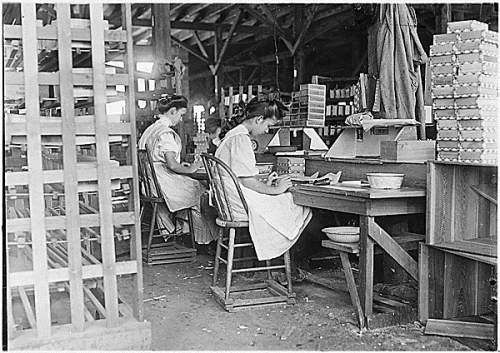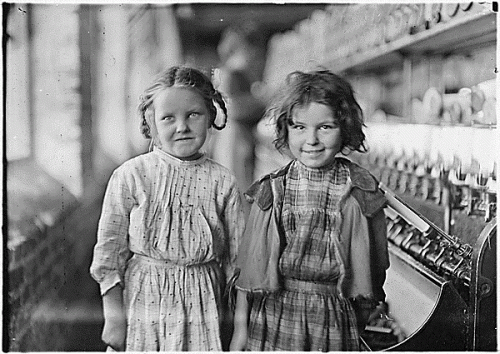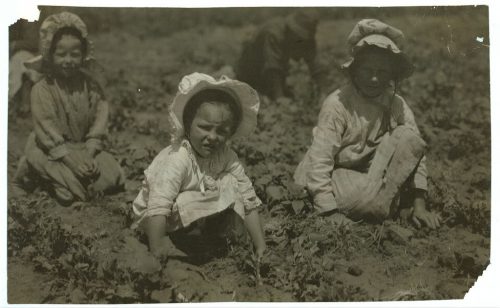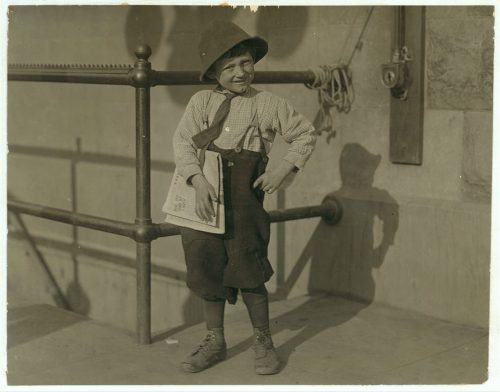Lessons from Labor Day
Daddy Leland, my grandfather, closed Boyd’s Market all day on Sunday, a half day every Wednesday afternoon, and on five holidays a year — Thanksgiving, Christmas, New Year’s Day, the 4th of July, and Labor Day. “The store,” as we called it, was a family affair. Daddy was the floor manager, i.e. food orderer, semi-truck unloader, stocker, sometimes cashier, delivery man to customers around town, and the one who took discarded boxes to the dump. My Uncle Ronnie was the butcher. Mama Sue was part-time cashier. Other employees were friends and neighbors.
Grandsons worked as “sack boys” after school and on Saturdays, as did a number of our teenage friends. Daddy Leland was kind to give them this opportunity for employment experience and to earn some spending money. They loved the camaraderie with my fun-loving Daddy.

As a teenager, I once got to fill in as butcher’s helper while the regular butcher’s helper was on vacation. Summer cashier was my first full-time, albeit temporary, job out of high school.
This Labor Day brings back those happy memories. It also reminds me of a lesson I recently worked on as we finish up Part 2 of Our Star-Spangled Story. The lesson is “Lewis Hine and the Power of a Picture.”
Lewis Hine, a native of Oshkosh, Wisconsin, and the only son of a Civil War veteran, began working in New York City around 1900. In 1903 he purchased a camera and started going to the immigration station at nearby Ellis Island to take photographs of immigrants.
At that time in American history, significant numbers of children worked full-time for pay. Some worked in mines and factories.


Some worked at home alongside their brothers and sisters, parents, and even their grandparents doing assembly work for factories.

Some traveled with their families to harvest crops on large farms.

Some children sold items such as newspapers, baskets, or food, on the sidewalks of large cities.

Many adults believed that it was good for children to have a full-time job. They thought it would help them learn how to work when they grew up. Some factory owners believed children’s small hands were most suitable for certain tasks. Many poor parents believed they needed their children’s work to help support the family.
Americans commonly thought that work was good for children. Many children helped their parents on the family farm or in a neighborhood store, but the situation was terribly out of hand. Some children worked as many as thirteen hours a day, some worked until midnight, many worked in dangerous situations, and some encountered immoral situations in their work. Children as young as two years old helped in assembly work at home and on large farms.
Americans who wanted to change things for the better for these children formed an organization called the National Child Labor Committee. By 1908 Hine had taken many photographs showing how people lived and how they worked. The National Child Labor Committee hired Hine to take photographs of children working. From 1908 until 1924, he traveled as far north as Maine, as far south as Florida, and as far west as California, taking photographs of children at work, including those above. He and the National Child Labor Committee used his photographs to educate the public about working conditions for children.
Harriet Beecher Stowe’s Uncle Tom’s Cabin helped the country know about the horrors of slavery. Lewis Hine helped the country know about the abuses of child labor.
Thank you for loving your children. Thank you for teaching them how to work in age-appropriate ways. Thank you for homeschooling. Happy Labor Day, hardworking Mama.
. . . with humility of mind
regard one another as more important than yourselves;
do not merely look out for your own personal interests,
but also for the interests of others.
Philippians 2:3b-4
Lewis Hine took all of the photos except the family photo at top. His photos are courtesy of Library of Congress.

